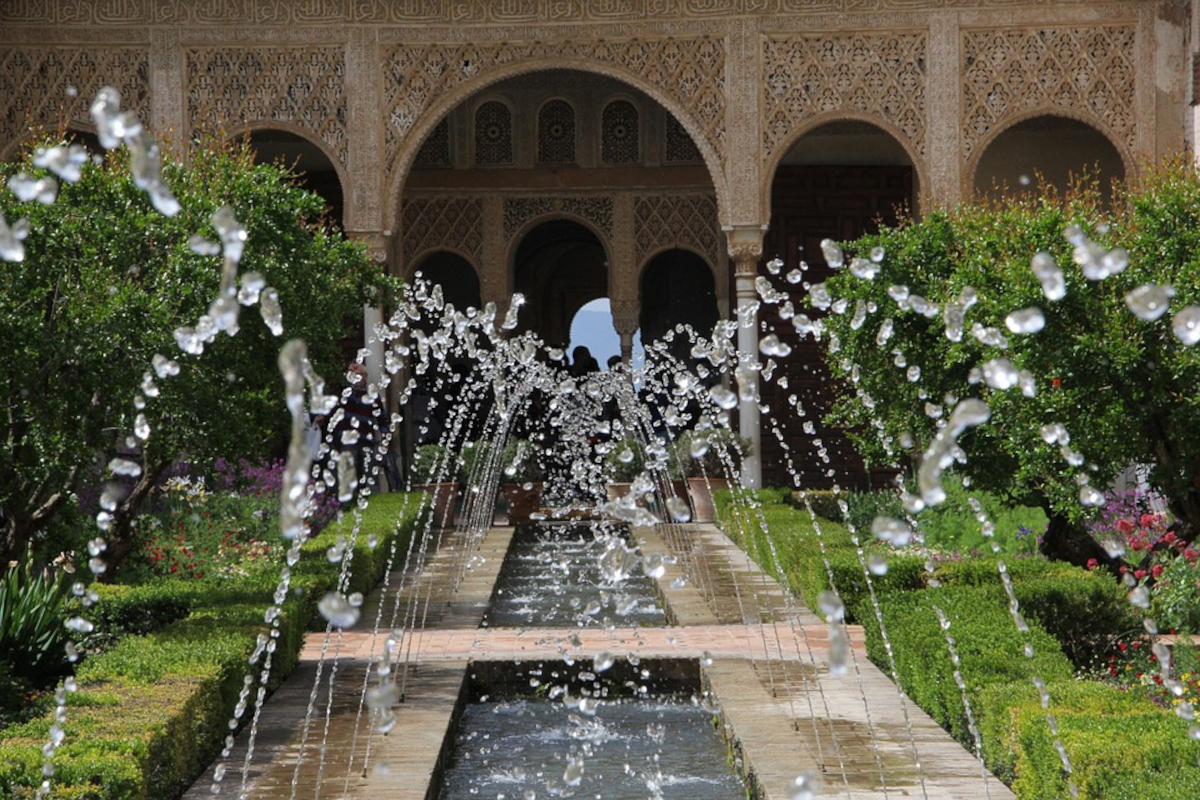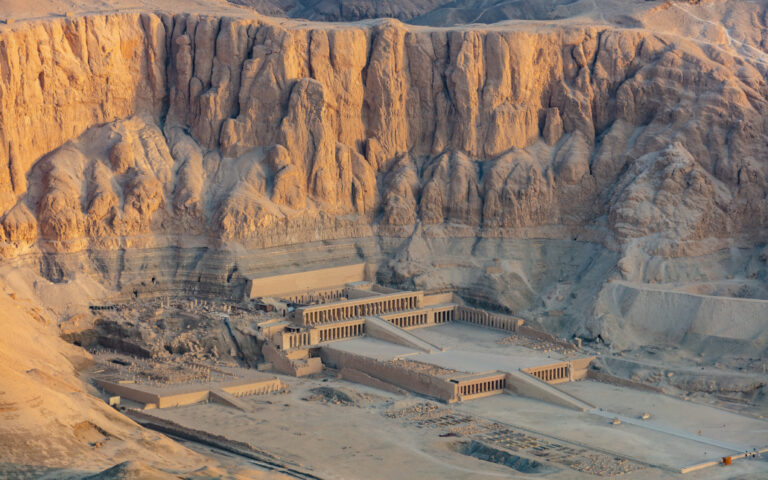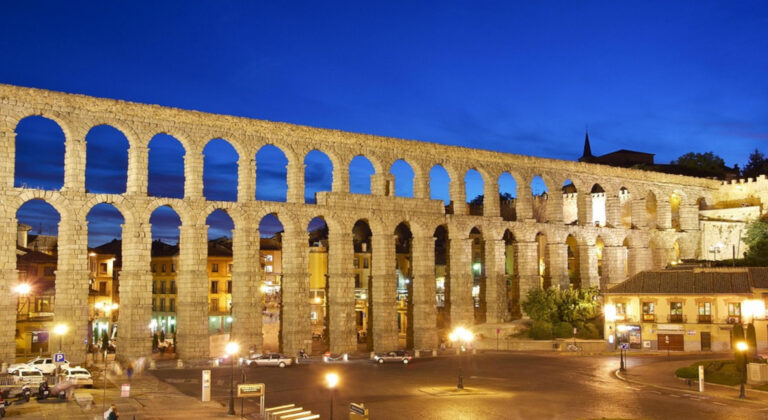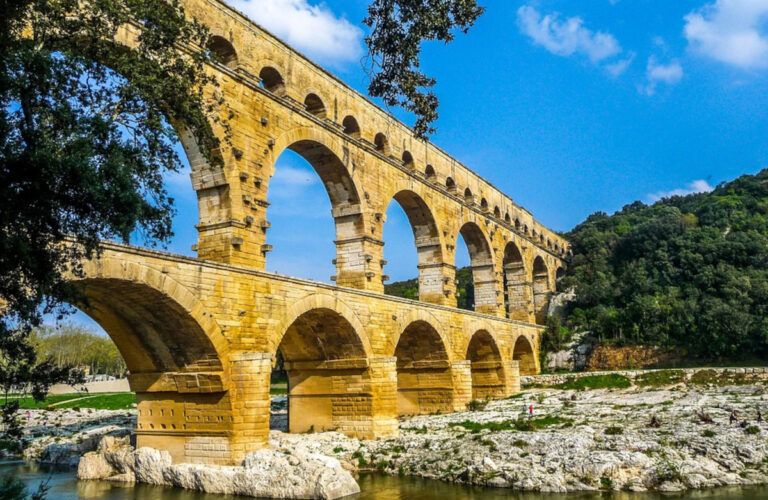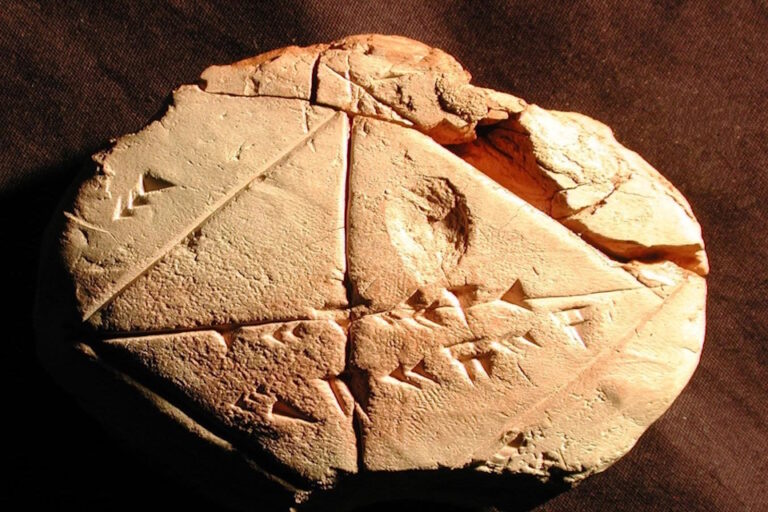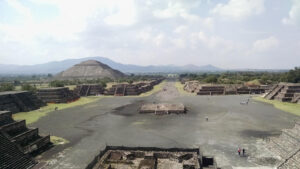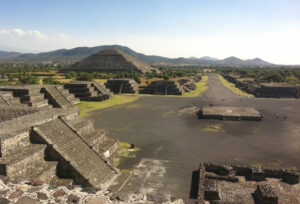The Alhambra is not only a jewel of Islamic architecture in Europe but also a stunning example of medieval hydraulic engineering. Constructed by the Nasrid dynasty in the 13th and 14th centuries, this palace complex was designed with water at its core—not only as a practical necessity but also as a profound symbol of life, purity, and paradise in Islamic culture. Unlike most hilltop fortresses that struggle with water access, the Alhambra’s planners turned its elevation into an advantage, crafting a self-sustaining water system that could supply homes, gardens, fountains, and baths in a dry Mediterranean climate.
Sourcing Life from the Darro River
The primary water source for the Alhambra is the River Darro, a snow-fed river that flows from the nearby Sierra Nevada mountains. About six kilometers upstream from the palace, Nasrid engineers constructed a diversion system known as the Toma de la Acequia Real. This weir-like structure gently redirects a portion of the river into the Acequia Real (Royal Canal) while leaving the rest of the stream intact. They also built a desarenador—a sedimentation basin to trap sand and silt—ensuring the water entering the system was clean and slow-flowing. It was a brilliant feat of low-tech sustainability that worked with the natural hydrology of the landscape.
Designing the Acequia Real: A Gravity-Driven Marvel
The Acequia Real is the heart of the Alhambra’s water system. Engineered to flow entirely by gravity, it descends gradually with a slope of less than 1%—a precision achieved using only basic surveying tools such as plumb bobs, sighting rods, and water levels. The canal is lined with stone and lime mortar to minimize seepage and erosion. As it winds through ravines, terraces, and forested terrain, the Acequia avoids the need for mechanical pumps by using the natural gradient of the land, demonstrating a profound understanding of topography and hydrodynamics. Even today, much of its original route and construction remain intact and functional.
Overcoming Nature: Terrain, Bridges, and Subterranean Tunnels
One of the greatest challenges in transporting water from the river to the Alhambra was the landscape itself—steep hills, deep gullies, and rock formations stood in the way. Nasrid engineers responded with clever structural solutions: cut-and-cover tunnels through hillsides, subterranean aqueducts, and even hidden bridges like the Puente del Cadí, which carries water across a ravine without being visible from above. Retaining walls and terraced slopes were constructed to stabilize the canal. These designs served both functional and defensive purposes—concealing the infrastructure while protecting it from weather and war.
Entry into the Fortress: The Torre del Agua and Internal Distribution
Water enters the Alhambra fortress near the Torre del Agua (Water Tower), where it’s immediately split into various secondary acequias that serve different areas of the palace. These channels were intricately planned to provide water to palatial courtyards, royal residences, public baths, kitchens, and gardens. In places like the Court of the Lions, channels run just below the floor surface, emerging as quiet streams that power central fountains. In the Court of the Myrtles, still pools mirror the architecture and sky above. The gradients are so subtle, the flow almost seems magical—yet every drop is meticulously calculated.
Functional and Symbolic Purposes
The Alhambra’s water system was not just utilitarian—it was deeply symbolic and sensory. Flowing water cooled hot air, added ambient sound, and brought movement to stone architecture. Its presence reflected paradise in Islamic cosmology, where gardens and running streams symbolize eternal peace. At the same time, water was stored in cisterns (aljibes) for use in droughts or sieges. Even waste and excess water were reused in lower terraces or directed through underground drains, preventing stagnation and structural damage. The Nasrids achieved a synergy between engineering, spiritual design, and daily practicality.
A Closed-Loop System Ahead of Its Time
The water system of the Alhambra was built with sustainability in mind. It reused water in a closed-loop design that ensured minimal waste. After nourishing fountains and gardens in the upper palace, the water descended naturally to the Generalife, the summer estate of the Nasrid rulers, where it irrigated orchards, fed tiered terraces, and powered additional fountains. From there, water was either reused again or returned to the Darro River. This cyclical approach to water management shows remarkable foresight, aligning with modern principles of ecological design and conservation.
From an engineering perspective, the Alhambra’s water system highlights several timeless principles: using gravity and terrain, integrating form and function, and ensuring resource efficiency. The entire system was designed to be modular, repairable, and in tune with the surrounding environment. It required minimal intervention, operating silently for centuries with little maintenance—a testament to its builders’ deep understanding of natural systems and infrastructure design.
Today, the water system of the Alhambra continues to function in parts, still feeding gardens and fountains.
